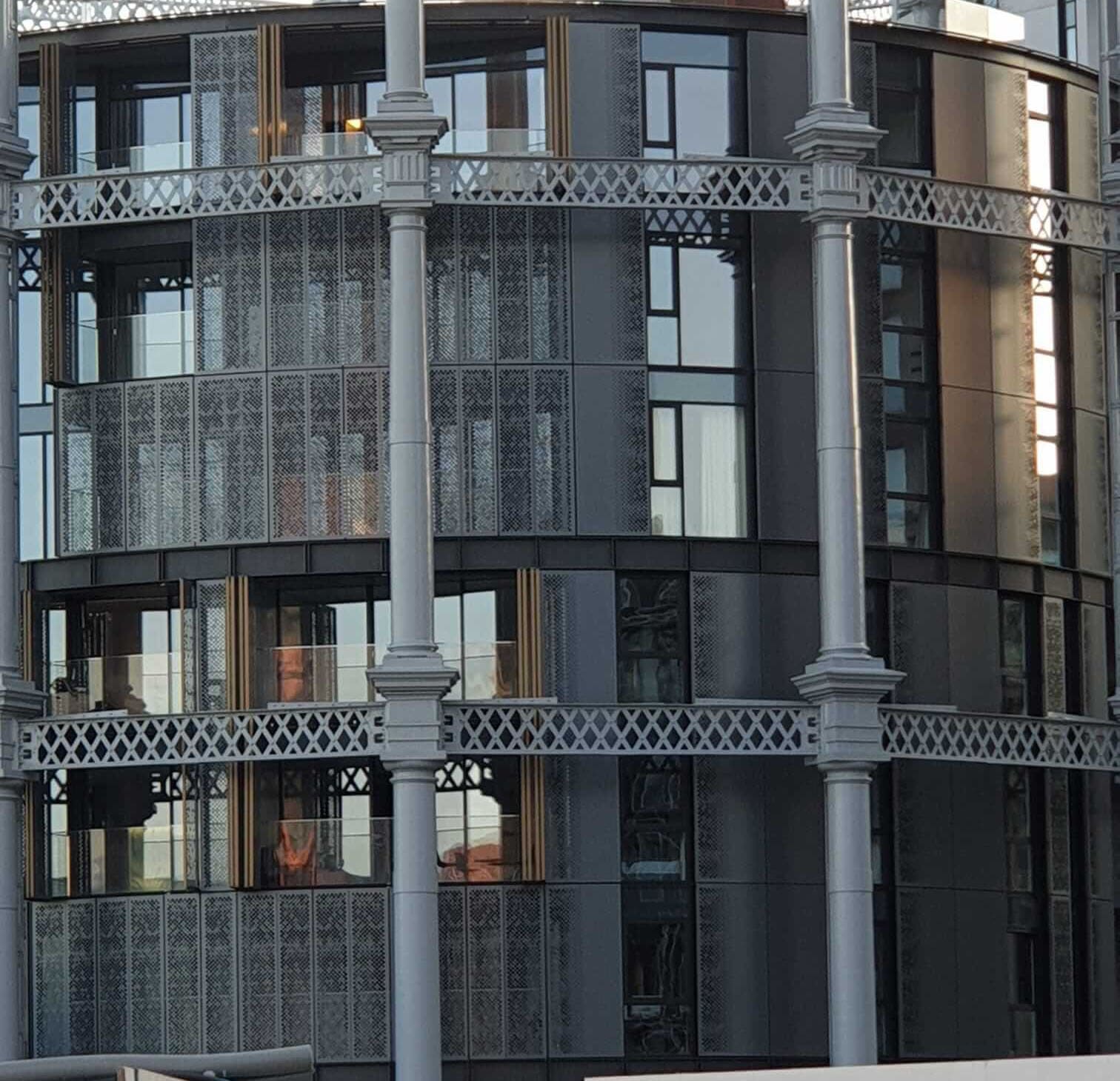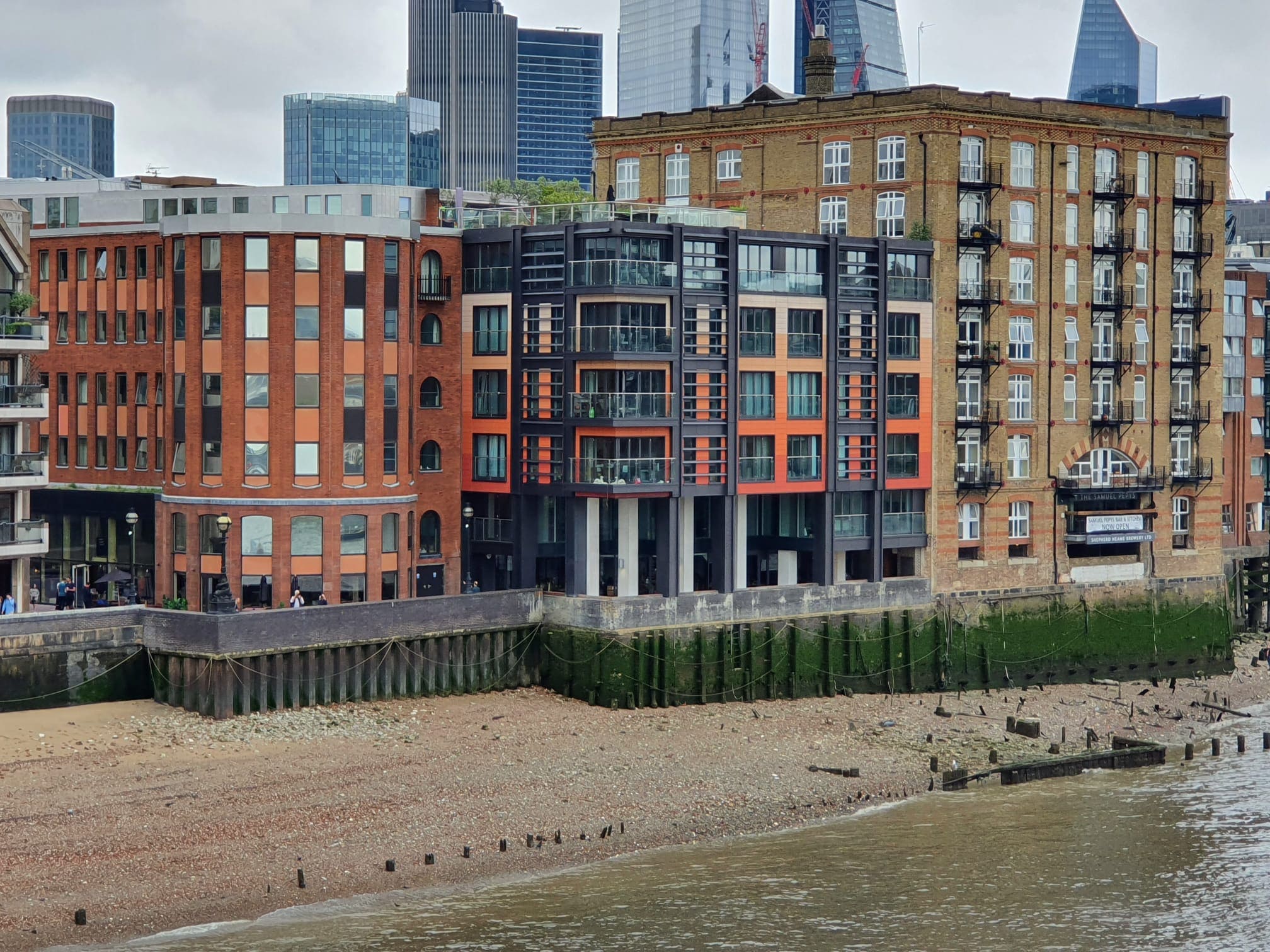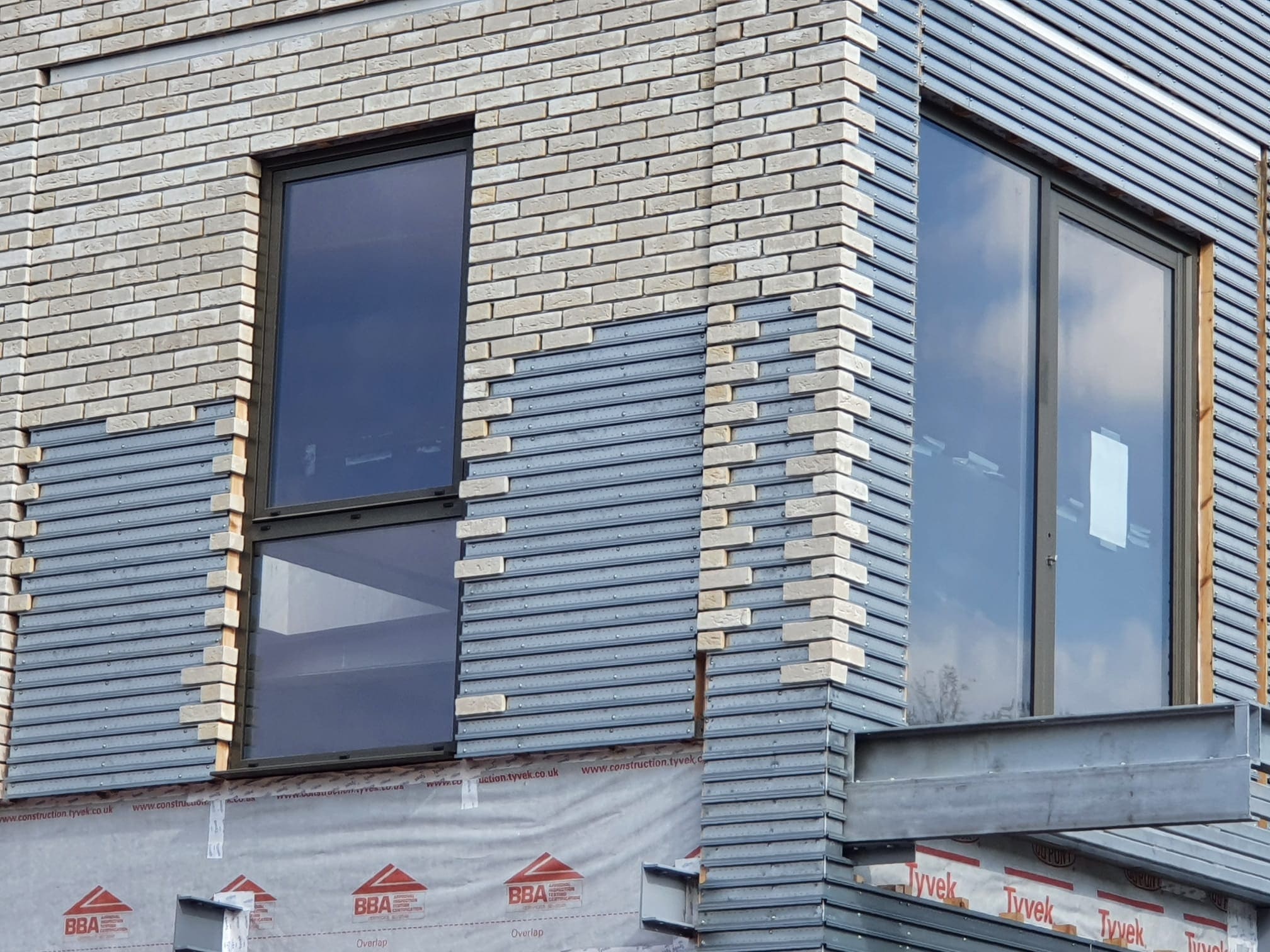 Mary-Anne Bowring 17/02/2025
Mary-Anne Bowring 17/02/2025
 57
57
 0
0
Introduction: A Historic Housing Target
The Labour government has pledged to deliver 1.5 million new homes by 2029, requiring an unprecedented 300,000 homes annually—a level never achieved in modern UK history. With housing completions recently dropping to 221,500 in 2024 (a 7% decline), this target represents a monumental challenge. Success hinges on overcoming systemic barriers in planning, construction costs, and labour shortages, while rallying developers to meet the scale of demand.
Historical Context and Current Housing Shortfalls
The UK’s housing crisis is decades in the making. The 1960s saw peak construction of under 250,000 homes annually, a record still unmatched. Recent years have struggled to exceed 200,000 completions, and 2024’s downturn underscores the widening gap between supply and demand. Labour’s goal would require doubling current output, raising questions about feasibility in a post-Brexit economy plagued by soaring material costs (e.g., steel) and a chronic shortage of skilled workers.
Planning Reforms: A Catalyst or a Hindrance?
Labour’s strategy centers on overhauling the planning system to fast-track approvals and cut bureaucratic delays. While streamlining red tape could unlock stalled projects, critics argue planning reforms alone are insufficient. Developers face hurdles like unaffordable land, community opposition, and under-resourced local councils. Without addressing these deeper issues, even relaxed rules may fail to spur the needed construction boom.
The Developer Dilemma: Costs, Labour, and Market Realities
The government’s reliance on private developers raises critical questions. House builders operate in a market where prices are 9x average incomes, squeezing buyer demand. Post-Brexit labour shortages and inflation have driven up construction costs, shrinking profit margins. Smaller developers, in particular, lack capacity to scale up. For Labour’s plan to succeed, it must ensure developers have both the financial incentives and workforce to deliver at pace—a tall order without major intervention.
Incentivizing Builders: Can Partnerships Bridge the Gap?
Labour may need to offer sweeteners to secure developer buy-in, such as:
- Tax breaks or subsidies for high-volume projects.
- Planning concessions (e.g., relaxed affordability quotas).
- Exemptions from rising employer National Insurance contributions.
Such incentives could align developer interests with national housing goals. However, critics warn this risks creating a developer-led marketplace, where profit motives overshadow community needs like affordable housing or infrastructure.
Conclusion: A High-Stakes Gamble with No Guarantees
Labour’s housing plan is a high-risk, high-reward gamble. Success depends on a fragile alignment of planning reform, developer cooperation, and economic stability. While collaboration could unlock progress, external factors—recession, material shortages, or political resistance—could derail the target. The next five years will test whether ambition can overcome reality, shaping not just the housing market but Labour’s legacy in government.
Final Takeaway: The 1.5 million homes pledge is a bold response to a dire crisis, but its execution demands more than optimism. Without addressing systemic bottlenecks and fostering genuine public-private partnership, Labour’s housing revolution may remain a blueprint—not a reality.





Meet our Expert Property Commentators



























